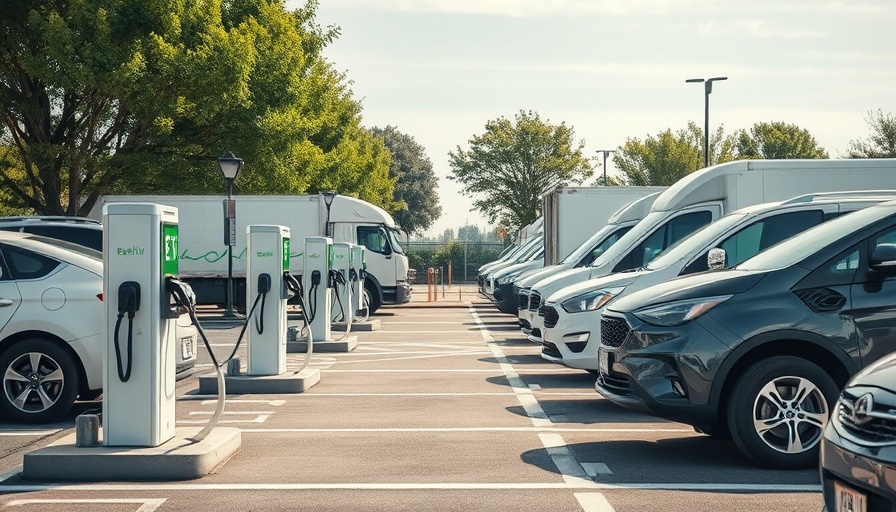
When Is It Safe for a Child to Ride in the Front Seat?
Determining when it’s safe for children to transition from the back seat to the front passenger seat is not a straightforward decision. While age is an important factor, the focus must also be on size, weight, and seat belt fit. Experts, including the CDC and NHTSA, recommend that children remain in the back seat until they are at least age 12 or 13 to ensure optimal safety.
The Dangers of Riding in the Front Seat
Many parents may view riding in the front seat as a rite of passage for their children. However, this transition carries significant risks. Airbags are designed to protect adults, not children, and the force with which they deploy can pose severe injury risks to smaller bodies. To illustrate, children who are seated in a rear-facing car seat and situated in front of an airbag may face deadly consequences during abrupt stops or crashes. Thus, the wisdom of vehicle manufacturers, echoed by federal safety guidelines, emphasizes keeping children in the back seat until they have reached an appropriate size.
Understanding Seatbelt Fit and Safety Guidelines
The journey to safely using a seat belt follows a clear progression outlined by safety authorities:
- Birth to 12 months: Utilize a rear-facing car seat.
- 1 to 3 years: Continue using a rear-facing seat for as long as possible.
- 4 to 7 years: Transition to a forward-facing seat with a harness.
- 8 to 12 years: Use a booster seat until the seat belt fits properly.
This structured approach helps to minimize risks significantly. For instance, the CDC reports that using a booster seat can reduce the risk of serious injuries by around 45% for children ages 4 to 8 when compared to using a seat belt alone. Consequently, safety experts encourage the use of booster seats until children reach a height and weight that allows for an appropriate seat belt fit. Proper seat belt positioning should place the lap belt across the upper thighs, avoiding the stomach, and ensure the shoulder belt fits snugly across the shoulder and chest.
State Laws and Vehicle Features
While NHTSA and CDC recommendations provide a guideline for safe practices, one must also be conscious of differing state laws regarding car safety for children. These laws can vary widely. Some areas have increased the legal booster seat age requirement beyond the age of 8. Additionally, modern vehicles may have passenger sensors that deactivate airbags for lighter occupants. However, using these sensors as a substitute for following established safety practices can lead to dangerous outcomes and is not advisable.
Best Practices for Pram Safety: Actionable Insights
1. **Review Your Vehicle's Safety Features**: Understanding your car’s safety mechanisms can provide added reassurance. Familiarize yourself with any airbag features specific to your child’s seating position.
2. **Create a Family Car Safety Agreement**: Discussions about backseat habits can set precedence for older siblings, teaching them to prioritize safety over perceived privileges.
3. **Regularly Reassess Seat Requirements**: Children grow rapidly, and keeping up with their physical development can ensure they are using the right type of car seat or seat belt configuration at all times.
The Future of Child Safety in Vehicles
As vehicle technology advances, we must stay informed about new safety features that may continue to enhance child safety in cars. Innovations such as better airbag designs or in-vehicle monitoring systems could change the landscape of child passenger safety. Parents must remain proactive in understanding these updates to instill safe riding habits in their children.
Conclusion
Choosing when your child transitions to the front seat should be based on expert guidelines regarding age, size, and proper seat belt fit. Remember that the back seat remains the safest location for young passengers until they meet the age and size requirements specified by safety authorities. As a final note, ensuring your child is well-educated about safety practices and encouraging them to follow established vehicular guidelines is crucial for their safety on the road.
 Add Row
Add Row  Add
Add 



Write A Comment